Middle Eastern cuisine is a delicious and aromatic combination of flavors and spices enjoyed for centuries. One of the most popular dishes in this cuisine is hummus, known for its creamy texture, tangy taste, and versatility.
Hummus has become a staple for many people worldwide, but there is nothing quite like authentic Middle Eastern hummus. Making hummus from scratch may seem daunting, but it is a simple and enjoyable process. Using fresh and quality ingredients and following a few simple steps, you can make hummus that rivals those served in the best Middle Eastern restaurants.
We will deeply dive into the art of making How to Cook authentic Middle Eastern hummus. From selecting the right chickpeas to choosing the perfect tahini, we will guide you through every step of the process.
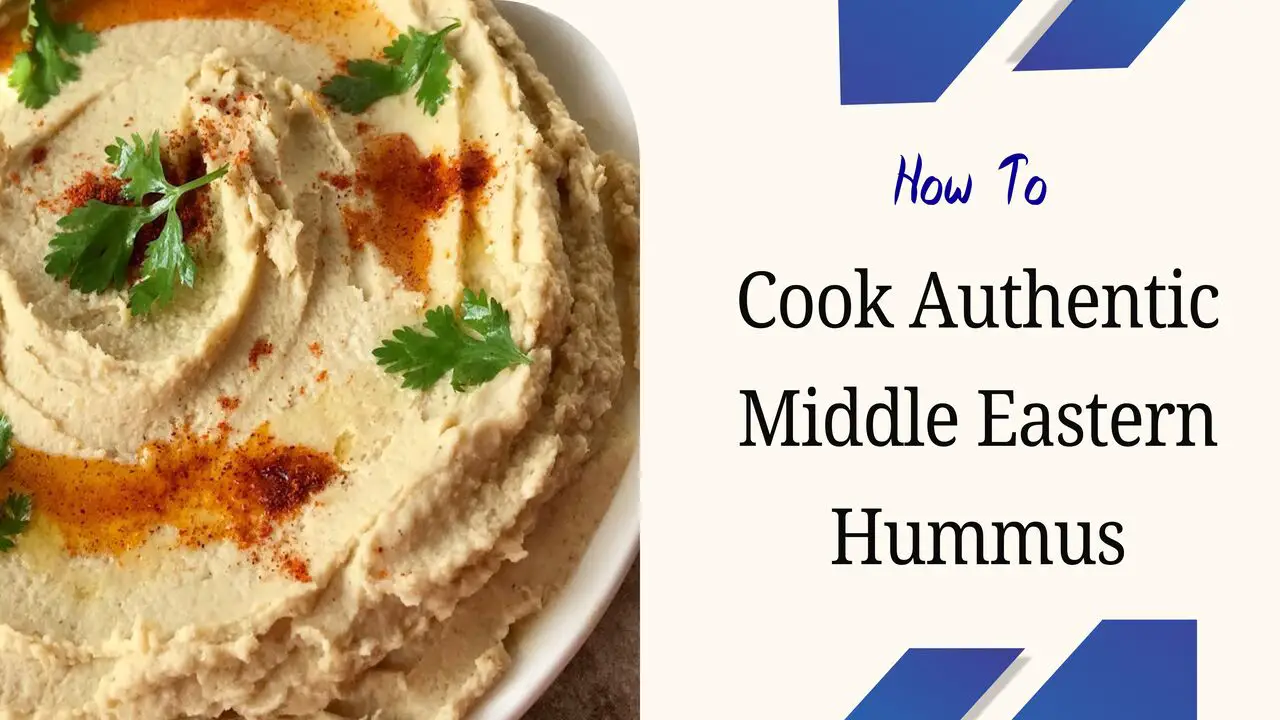
How to Cook Authentic Middle Eastern Hummus: Follow The Below Steps
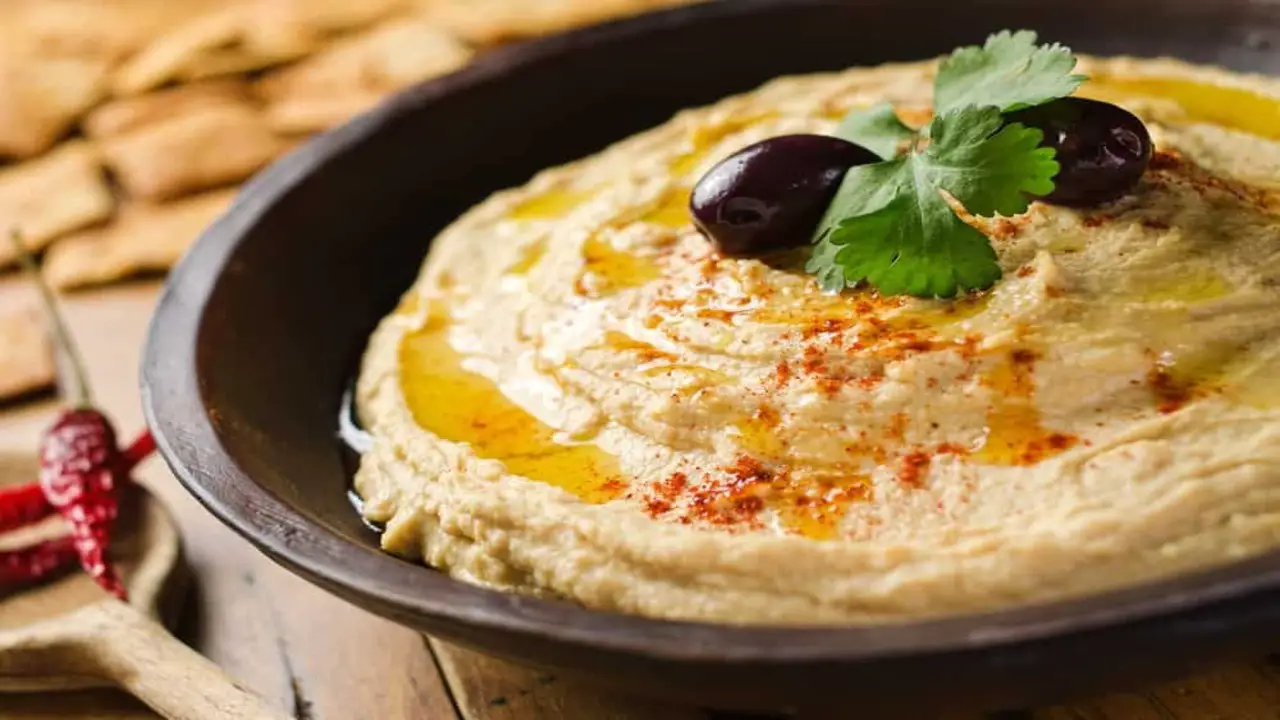
Middle Eastern cuisine is known for its rich flavors and bold spices, and one of the most iconic dishes is hummus. This humble appetizer has become a staple in many households worldwide, but nothing beats the taste of authentic Middle Eastern hummus made from scratch.
If you want to elevate your hummus game and impress your guests, you’ve come to the right place. We’ll be sharing a step-by-step guide on how to cook authentic Middle Eastern hummus. Here are 4 steps to help you.
Step01. Gather The Ingredients
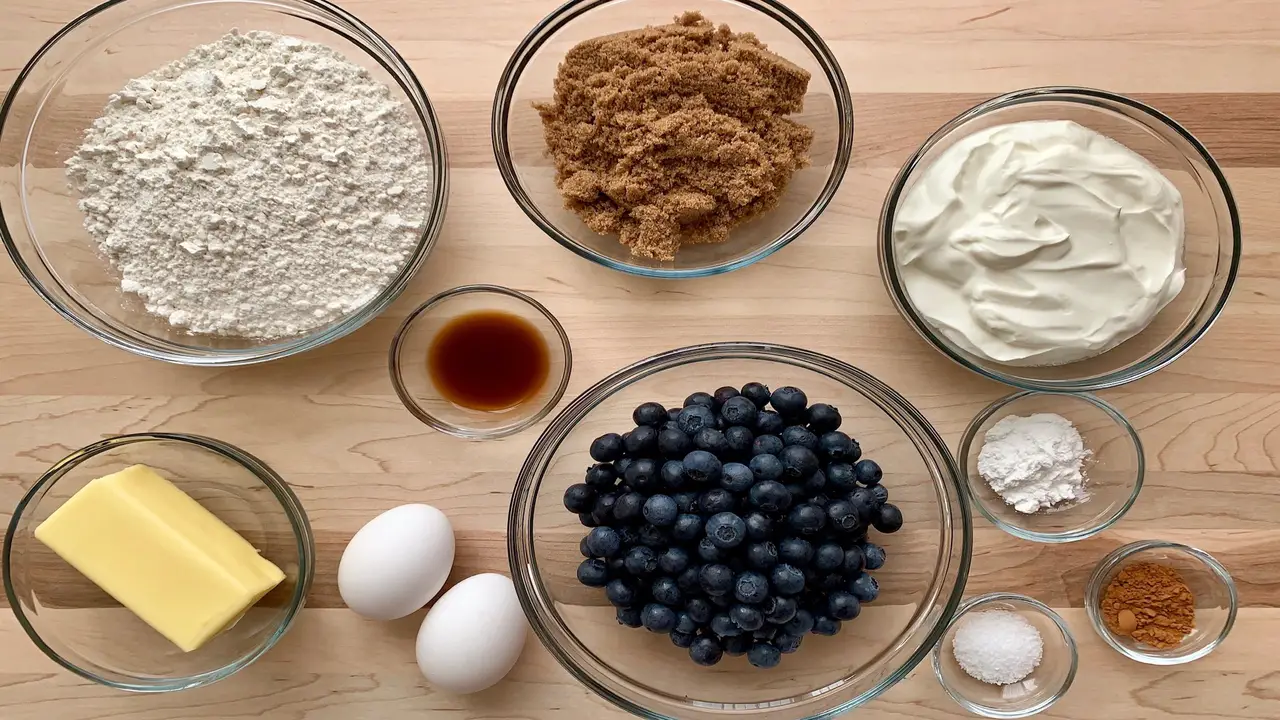
To cook authentic Middle Eastern hummus, the first step is to gather the ingredients. The key ingredients include chickpeas, tahini, garlic, lemon juice, olive oil, and salt. Once you collect the ingredients, cook the chickpeas until tender.
Drain the chickpeas and add them to a blender or food processor with tahini, garlic, lemon juice, and salt. Blend the mixture until it becomes smooth. Gradually add the olive oil and continue blending until the hummus becomes creamy. Adjust the seasoning if necessary. Transfer the hummus to a serving dish and drizzle olive oil on top.
Step02. Prepare The Chickpeas
Preparing chickpeas is crucial if you want to make authentic Middle Eastern hummus. First, you must soak dried chickpeas overnight in a large water bowl. This will help soften them and reduce cooking time. The next day, drain the water and rinse the chickpeas thoroughly.
Place them in a large pot with fresh water and bring to a boil. Reduce the heat to low and let them simmer for about an hour or until tender. You can also add a teaspoon of baking soda to the water to help soften the chickpeas even more. Once you cook the chickpeas, drain them and let them cool down for a little while. Add them to a food processor with tahini paste, garlic, lemon juice, and salt.
Step03. Blend The Ingredients

To learn to cook authentic Middle Eastern hummus, the key is to blend the ingredients thoroughly. People make hummus by blending chickpeas, tahini, garlic, lemon juice, and olive oil to create a classic dip. Soak the chickpeas overnight and boil them until they are soft.
Drain the chickpeas and blend them in a food processor with the tahini, garlic, and lemon juice. Slowly add olive oil as you blend until the mixture becomes smooth. Taste and adjust the seasoning with more lemon juice, garlic, salt, or pepper. Serve the hummus with a drizzle of olive oil and a sprinkle of paprika for added flavor.
Serve the hummus with a generous drizzle of extra virgin olive oil, a sprinkle of smoky paprika, and a pinch of coarse sea salt for an added layer of flavor. Don’t forget to garnish with freshly chopped parsley or diced tomatoes for an extra pop of colour and flavor. Enjoy!
Step04. Adjust The Seasoning
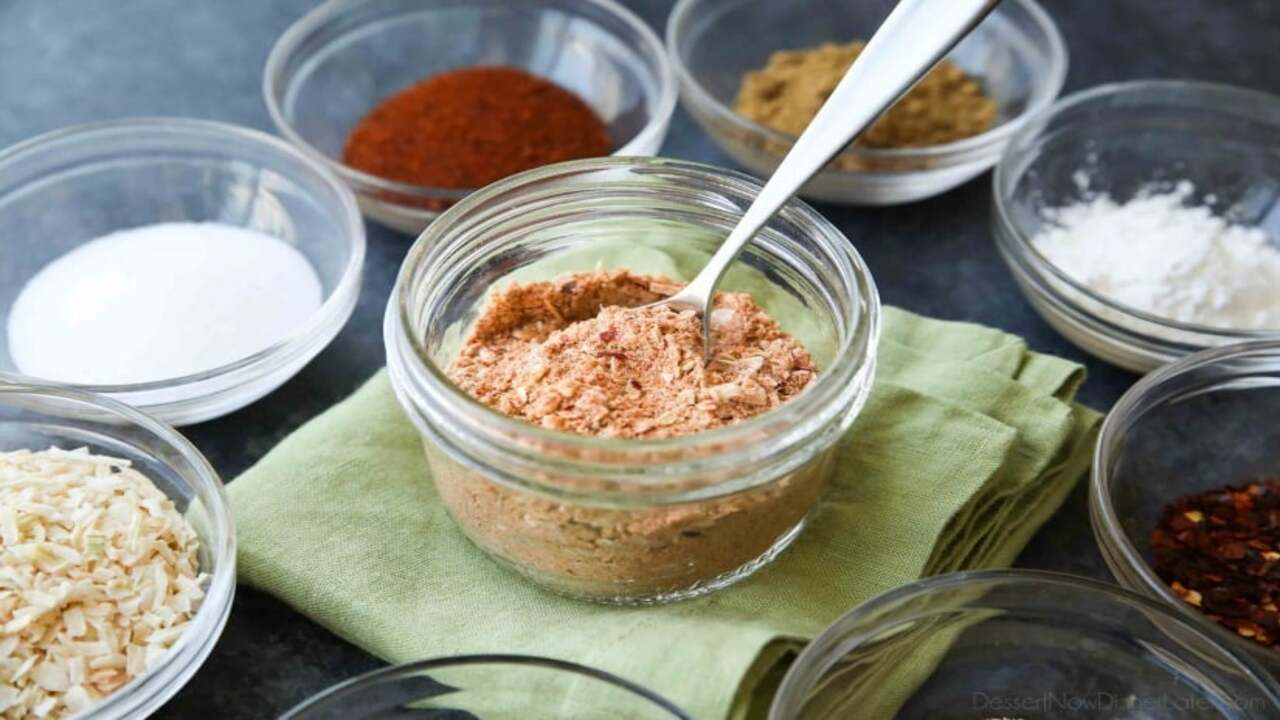
To cook authentic Middle Eastern hummus, it is important to start with high-quality ingredients and the right flavors. Adjusting the seasoning to enhance the flavours is key to achieving the perfect taste. Begin by soaking the chickpeas overnight to ensure they are tender enough to blend smoothly.
Once the chickpeas are ready, drain them and add them to a food processor along with tahini paste, garlic cloves, lemon juice, and olive oil. Blend the ingredients until they form a smooth and creamy consistency.
Now it’s time to adjust the seasoning. Start by adding kosher salt and freshly ground black pepper to taste. Add cumin powder, paprika, or cayenne pepper to give the hummus an extra kick. Frequently taste the hummus as you adjust the seasoning to ensure the flavors are balanced and not overpowering.
Serving Suggestions And Traditional Accompaniments For Hummus
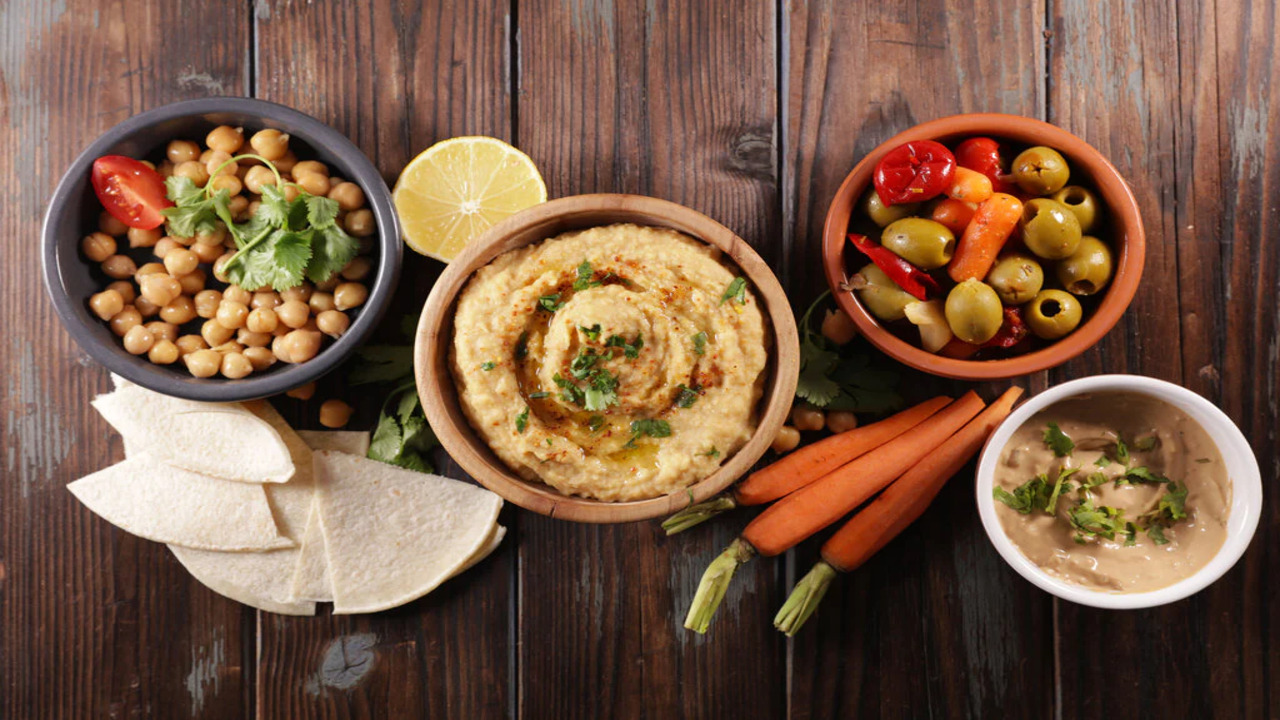
When serving hummus, there are many delicious options and traditional accompaniments to consider. One classic way to enjoy hummus is by drizzling a generous amount of olive oil on top. This adds a rich and silky texture to the dip. For an extra burst of flavor, sprinkle some paprika over the olive oil.
The smoky and slightly spicy notes of paprika complement the creamy hummus perfectly. To elevate your hummus experience, serve it with warm pita bread. Cut the pita bread into wedges and lightly toast them or warm them in the oven.
The warm pita bread pairs beautifully with the creamy hummus, creating a satisfying and comforting combination. The warm, fluffy texture of the bread contrasts with the smoothness of the hummus, making each bite a delightful experience.
Tips For Achieving The Perfect Consistency And Texture Of The Hummus
Making the perfect hummus requires attention to detail and careful consideration of the ingredients used. One of the most important factors contributing to hummus’s perfect consistency and texture is the quality of chickpeas used.
It is recommended to use dried chickpeas soaked overnight and cooked until soft rather than canned chickpeas. Another important tip is to reserve some cooking liquid from the chickpeas and use it when blending the hummus. This helps to achieve a creamy texture without adding too much oil.
Speaking of oil, it’s important to use high-quality olive oil when making hummus, as it adds flavor and helps to achieve the desired consistency. Additionally, using tahini paste is essential for achieving the perfect texture. It’s important to use a good quality tahini paste and mix it well before adding it to the blender. Finally, adding the ingredients in stages and blending them well after each addition helps to ensure a smooth and creamy consistency.
Storing And Preserving Homemade Hummus For Future Use
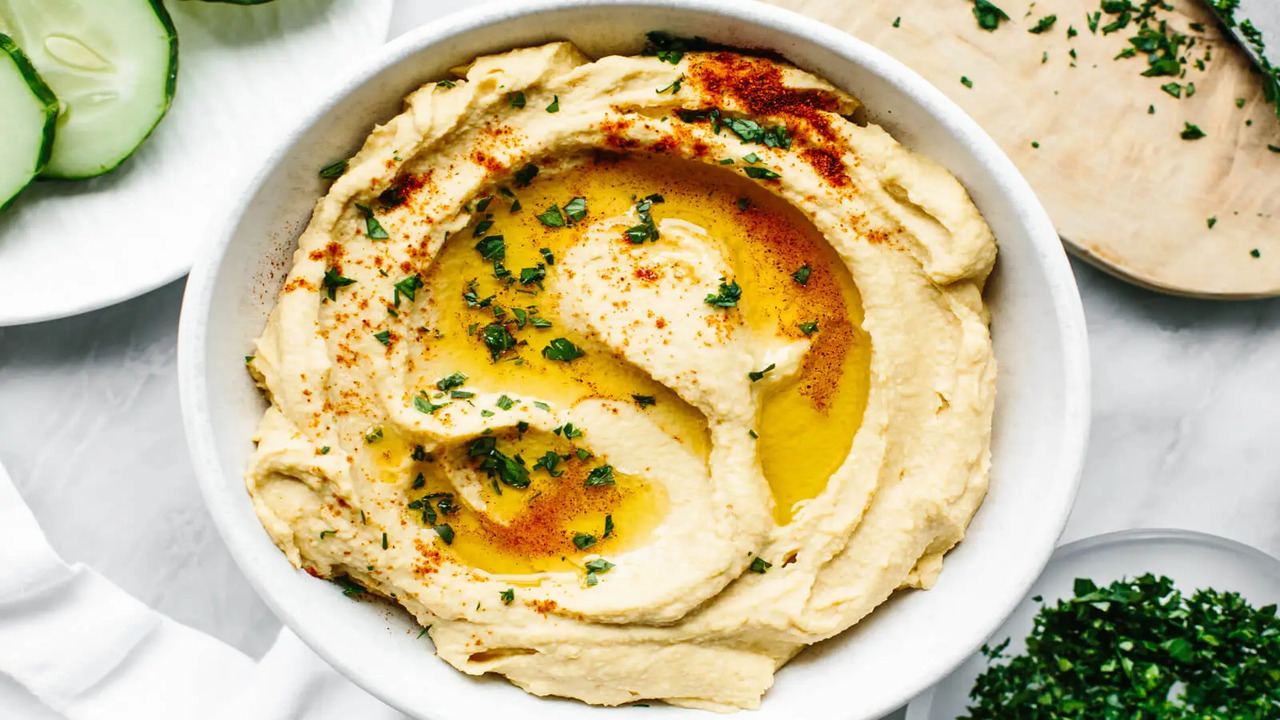
Storing and preserving homemade hummus for future use is an important task to ensure that the hummus stays fresh and delicious. The best way to store hummus is in an airtight container in the fridge. Before storing it, stir the hummus well and remove any excess liquid.
This will help prevent the hummus from drying out or becoming too watery. It is also recommended to drizzle a little bit of olive oil on top of the hummus before storing it. This will help create a protective layer that will keep the hummus fresh.
If you want to store hummus for an extended period, it is best to freeze it. The easiest way to do this is by portioning the hummus into small containers or plastic bags. When ready to use, simply thaw the hummus in the fridge overnight and stir well before serving.
Conclusion:
Cooking authentic Middle Eastern hummus requires patience and skill, but the result is worth it. Using high-quality ingredients and following traditional Middle Eastern techniques, you can create a delicious and healthy dip perfect for any occasion. Whether serving it as a snack, appetizer, or side dish, hummus is a versatile and flavorful addition to any meal.
So, don’t be afraid to experiment with different ingredients and seasonings to make your unique version of this classic dish. With a little practice and a lot of love, you can master the art of making authentic Middle Eastern hummus. If you read the above outline properly, we hope you understand How to Cook Authentic Middle Eastern Hummus.
FAQ:
1.What Main Ingredients Are Needed To Cook Authentic Middle Eastern Hummus?
Ans: The main ingredients needed are cooked chickpeas (or canned chickpeas), fresh lemon juice, tahini (sesame seed paste), garlic cloves, extra-virgin olive oil, ground cumin, salt, and a pinch of paprika for garnish.
2.What Is Tahini, And Where Can I Find It?
Ans: Tahini is a paste made from ground sesame seeds. You can find it in most grocery stores, typically in the international or Middle Eastern section.
3.Can I Adjust The Hummus Flavours To Suit My Taste?
Ans: Yes, you can adjust the flavors of the hummus to your preference. Taste the hummus and add more lemon juice, tahini, garlic, or salt as desired.
4.Can I Customize The Hummus With Additional Toppings?
Ans: Absolutely! Middle Eastern hummus can be garnished with toppings like chopped parsley, drizzled pomegranate molasses, or toasted pine nuts for added flavor and visual appeal.
5.What Are Some Serving Suggestions For Hummus?
Ans: Hummus can be served as a dip with warm pita bread, chips, or fresh vegetables. It can also be handy as a spread in sandwiches or a flavorful accompaniment to grilled meats or falafel.

I’m a writer and blogger who loves to talk about entertainment, culture, and relationships. I love to share my thoughts and insights on these topics, and I’m always looking for new ways to engage with my readers. I’m also a big fan of learning new things, so I’m always exploring new areas of interest.
